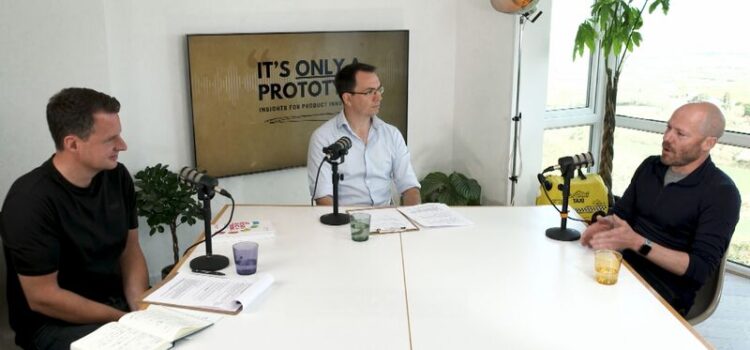
Not every idea becomes a success story. Some are just hard lessons in disguise.
A few years after Trunki launched, we decided to build something new — a sit-on suitcase for teens and young adults. We called it Jurni.
We had a successful Indiegogo campaign, a buzz of excitement, and a growing business behind us. But behind the scenes, it was a different story entirely.
Too Much, Too Soon
Jurni was designed to grow with the Trunki audience — something older kids could use, and maybe even adults. But I’ll be honest, we tried to do too much. Too many features, too many compromises, and too much pressure to move fast.
At the time, we were backed by private equity, and I’d made commitments I felt I had to deliver on. That meant pushing the product forward before it was ready, just to meet deadlines. There were boardroom battles. Supply chain challenges. Stress. A lot of it.
A Product Without a Market Fit
Despite being intended for tweens, the design ended up appealing to international business travellers — a completely different audience. And they expected premium quality, not a suitcase built with the DNA of a kids' product. The positioning was off. The product didn’t land where we thought it would, and it confused both ends of the market.
We tried to fix it. We reworked messaging, repositioned the product, and pushed ahead. But the damage was done.
Jurni never found its place. And it nearly broke us trying to make it work.
What It Taught Me
Looking back, Jurni was a prototype for me as much as for the product.
It tested my decision-making, my leadership, and my ability to say “not yet” when everything in the room said “now.”
It also taught me that:
-
Speed isn’t everything. Especially in product development.
-
Your gut feeling matters. And ignoring it under pressure rarely ends well.
-
Designing for everyone means you’re designing for no one. Clarity on audience is everything.
-
Being first to market isn’t enough. The product has to truly meet a need — and land with the right story, at the right time.
Jurni didn’t become a household name. But it taught me lessons that helped me build the next phase of my career — including Zeepy, which takes a very different approach.
No rushing. No feature bloat. Just clear needs and thoughtful design.
If you want the full story, I talk about it in more depth on the *It’s Only a Prototype" podcast with Phil Staunton and Tom Constable. It’s a raw look at what happens when a good idea doesn’t go to plan — and why that’s not always a bad thing.




